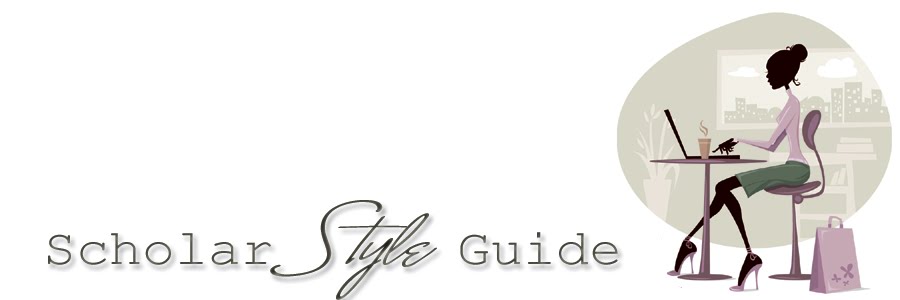Composition:
white tank tops (Target)
linen skirt (H&M)
blue canvas wedges (Target)
silver necklace (Ornamental Things)
silver cuff bracelet (gift from grandmother)
Usage:
Today I'd like to know: do we still consider the iron a necessary tool in the professional woman's wardrobe? Does starched and pressed still signify business apparel? Should I forfeit my dreams of dressing solely in linen from now until August 31?
If you're like me, you're more than slightly perplexed over the contemporary definition of professional attire. In a world in which chinos and polo shirts comprise everyday office wear, ties and suits signify exceptional - sometimes excessive - formality, and Casual Friday means jeans and henleys, how are occupational newbies to dress?
My gender and my current position as a graduate student further complicate the matter of interpretation. Brace yourself for some old fashioned essentialization: the professional attire of men seems to run the narrow gamut of polo shirt, button down with tie, and tie with blazer. The degrees of formality are therefore well mapped. For women, the choices are more nuanced. Skirt or pants? Tights or no tights? Heels or flats? Sweater or button down? Silk or cotton? Tucked or untucked? Ad nauseum. What's more, I'm technically a professional student, which means I'm allowed to wear sweat pants every day if I'd like to eliminate the possibility of future employment. My fellow students cope with this veritable free-for-all of sartorial lawlessness in various ways. Liz feels overdressed, I feel underdressed, let's call the whole thing off?
This linen skirt represents my version of calling off the battle with definitions of professionalism. I simply restrict my spring and summer wardrobe to all linen all the time, since the fabric looks decent wrinkled and doesn't require an iron. But I can hear my mother and grandmother reminding me to starch and press all articles of business wear. (And why wouldn't I, they'd say? These ladies even iron bedsheets.) This skirt would definitively fail their inspections.
In some ways to appease older generations of relatives, I bought an upright steamer two years ago. It requires less time than ironing, and it's just as friendly to my chiffon dresses as it is to my cotton button-down shirts. It works well for me, but I'm not fooling any coworkers. They detect my rebellion against starched-and-pressedness, I'm sure of it. Do you think they read unprofessionalism in my wrinkled linen skirt?
Prompts:
- Do you equate ironing with professionalism? Why or why not?
- Besides linen, which other fabrics do you think qualify as exceptions to the starched and pressed rule?
- Do you iron? Convert me to your ways. Ready, set, go.



I also think that the extent to which a woman's outfit looks "put together" makes a difference in how casual/dressy it reads. For example, this outfit would be much more casual if it only included a single, plain, ribbed tanktop. Since you've layered the buttoned tank over the lace-ish detail of the other tank, it looks more "put together," and this reads (for me) as more work appropriate. I could be wrong here, though. Maybe others don't pay attention to how "put together" an outfit seems?
ReplyDeleteI'm glad you raised the issue of ironing, and wish someone would solve this riddle for us both... I almost never use one. I get my dress pants dry cleaned, so they usually look fairly pressed. Otherwise, though, I rely on my (now-broken) handheld steamer and/or a run through my dryer after a few sprays with wrinkle releaser.
As such, I try to buy cottons and other fabrics that don't wrinkle too badly. And I think fit relates, too-- clothes that fit poorly are much more likely to wrinkle, it seems.
-Liz